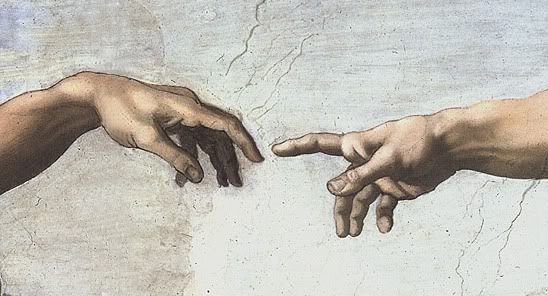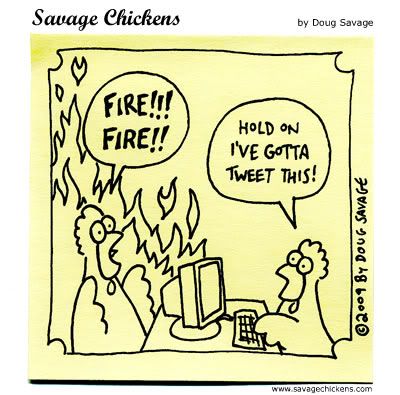 Humans have basic needs. When these needs are not met survival is difficult, if not impossible. There is an underlying need to survive that drives us all. The commodities necessary for survive are not limited to biological; research conducted in the fields of psychology corroborates this claim. Psychologist Abraham Maslow developed a hierarchy of needs that humans require for survival. Among the aforementioned physiological needs (food, water, shelter, etc.) is the need for security and the need for belonging.
Humans have basic needs. When these needs are not met survival is difficult, if not impossible. There is an underlying need to survive that drives us all. The commodities necessary for survive are not limited to biological; research conducted in the fields of psychology corroborates this claim. Psychologist Abraham Maslow developed a hierarchy of needs that humans require for survival. Among the aforementioned physiological needs (food, water, shelter, etc.) is the need for security and the need for belonging.Humans need to feel connected. Many of the technological advances have a secondary benefit that helps to satisfy this need. For example, as the telephone became more accessible, it allowed a vocal message to transcend enormous distances in less time than it took a handwritten letter. We were able to ask a friend, "What are you doing?" to gain information that created a connection to that person's daily life. Now that the internet is accessible, staying connected is even easier. Social networking websites allow users to make and manage connections in the digital realm. Twitter is one such site that allows users to create mini-blog posts that provide those connected to them with updates, answering the question "What are you doing?"
In the comic I chose for my rhetorical analysis, the artist is examining these basic needs through a humorous lens. The chicken on the left yells "FIRE!!! FIRE!!!" and appeals our basic need for safety. Upon initial inspection of this scene, it appears that the chicken on the right isn't concerned with survival, he wants to tweet about the fire before considering his escape. His concern with updating his social network seems absurd. There are many examples of the mini-blog updates being used for seemingly pointless reasons. The simplicity of the cartoon drawing allows this situation to be amplified and examined further (Scott McCloud). Upon further evaluation, it would seem that the actions of the chicken on the right appeal to our need to stay connected within a community context. Does the chicken's need to remain connected, even in the face of peril seem so foolish when viewed from this perspective? There are many real life examples of people sending tweets (mini-blog posts via Twitter.com) about life-threatening situations. How would the outcome of September 11, 2001 been different if passengers on the ill-fated flights could have sent some type of message to their loved ones and the world?
Even though the characters in the comic are chickens, the audience is able to relate because the of the anthropomorphic qualities attributed. For example, one of the chickens is using a computer, which is an activity shared by over 74% of the United States population (Internet World Stats). Although not nearly as much of the population uses Twitter to connect to loved ones, many more people are seeing what the fuss is about. Nielsen Media Research reported that Twitter boasted a 1382% rate of growth from February 2008 until February 2009 (CNET)! It would seem that this doesn't include teenagers, who only account for 11% of the total users of the microblogging service (NYTimes.com). Was the author aware of this demographic breakdown when he composed this comic? Did he consider that a large percentage of the population would view the chicken's actions as absurd and not look any further? Or did he realize that all humans need to be connection, and assume this need would win out over reason? What type of implication does this have on human connection in this digital age? Will it stop with Twitter? What will be the next way to keep tabs on friends, family, and strangers?
Even though the characters in the comic are chickens, the audience is able to relate because the of the anthropomorphic qualities attributed. For example, one of the chickens is using a computer, which is an activity shared by over 74% of the United States population (Internet World Stats). Although not nearly as much of the population uses Twitter to connect to loved ones, many more people are seeing what the fuss is about. Nielsen Media Research reported that Twitter boasted a 1382% rate of growth from February 2008 until February 2009 (CNET)! It would seem that this doesn't include teenagers, who only account for 11% of the total users of the microblogging service (NYTimes.com). Was the author aware of this demographic breakdown when he composed this comic? Did he consider that a large percentage of the population would view the chicken's actions as absurd and not look any further? Or did he realize that all humans need to be connection, and assume this need would win out over reason? What type of implication does this have on human connection in this digital age? Will it stop with Twitter? What will be the next way to keep tabs on friends, family, and strangers?

Works Cited
Boeree, George. "Abraham Maslow." My Webspace: Personality Theories. Accessed 28 Oct. 2009, http://webspace.ship.edu/cgboer/maslow.html.
"Maslow's Hierarchy of Needs." Wikipedia. Accessed 28 Oct. 2009, http://en.wikipedia.org/wiki/Maslow%27s_hierarchy_of_needs#Social_needs.
McCarthy, Caroline. "Nielsen: Twitter's growing really, really, really, really fast." CNET - Technology News. 19 Mar. 2009. Accessed 29 Oct. 2009, http://news.cnet.com/8301-13577_3-10200161-36.html.
McCloud, Scott. "The Vocabulary of Comics." Understanding Comics: The Invisible Art. Brattleboro: Harper Paperbacks, 1994.
Miller, Claire. "Who's Driving Twitters Popularity? Not Teenagers - NYTimes.com." The New York Times. 25 Aug. 2009. Accessed 29 Oct. 2009, http://www.nytimes.com/2009/08/26/technology/internet/26twitter.html.
"United States Internet Usage Statistics." Internet Usage World Stats. Accessed 29 Oct. 2009, http://www.internetworldstats.com/am/us.htm.
